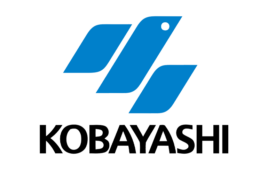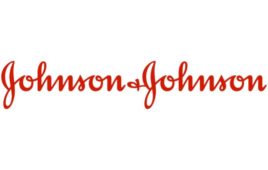Pharmaceutical drugs approved by the Food and Drug Administration but later re-called from the market—such as the anti-diabetic drug Avandia and pain-reliever Vioxx—were the impetus for an Institute of Medicine committee report recommending that the FDA take proactive steps to continue monitoring drugs’ safety after initial approval and throughout their time on the market. One of the key recommendations made by the report, Ethical and Scientific Issues in Studying the Safety of Approved Drugs, is that upon approval, each drug have a single, comprehensive, publicly available Benefit and Risk Assessment and Management Plan to serve as a central, updateable repository of side effects and other information.
“A drug’s full range of risks and benefits become apparent after it is used widely over time, and so it is crucial that the FDA continue to monitor drugs throughout their market life-cycle with a systematic and transparent process,” says committee co-chair Ruth Faden, Ph.D., MPH, director of the Johns Hopkins Berman Institute of Bioethics.
According to the committee, the BRAMP should include a description and benefit-risk assessment of any safety questions that exist when a drug is approved, as well as any that emerge over the course of its market life-cycle, with details on any regulatory actions taken and their results.
The FDA—which asked the IOM to “convene a committee to evaluate the scientific and ethical issues involved in conducting studies of the safety of approved drugs,” already collects much of the suggested information, but the data are scattered across multiple records rather than amassed in one central location. “Decentralized records make it difficult for physicians, policy makers and consumers to easily assess information about risks and benefits that accrue over time,” Faden notes.
The committee recommends postmarket studies when:
- A regulatory decision cannot be made based on existing safety evidence.
- The research can be designed and implemented to sufficiently reduce uncertainties about the benefit-risk balance and help inform a regulatory decision.
- The results of the research will be used to make a decision in a timely fashion.
- The rights and interests of the research participants can be adequately protected.
Another key recommendation in the report addresses the significant ethical issues posed by post-market monitoring. The committee recommends that the FDA establish a new body to provide advice on the ethical challenges that required observational studies and surveillance activities pose. The report also makes recommendations about how post-market research should be conducted. The committee found that while randomized controlled trials remain the gold standard for studying drug effectiveness, observational studies have ethical and practical benefits over clinical trials once drugs are on the market. Results can be obtained more quickly, and thus regulatory action can be taken earlier.
The committee’s recommendations build on the FDA’s increased authority through the 2007 Food and Drug Administration Amendments Act to monitor drugs after approval and to act if there are signals of safety issues, Faden notes. “Our report focuses on how the agency can be proactive, so that when a drug’s risk outweighs its benefit, the FDA will know earlier and respond quickly, while honoring its ethical obligations to protect both public health and research participants,” says Faden.




